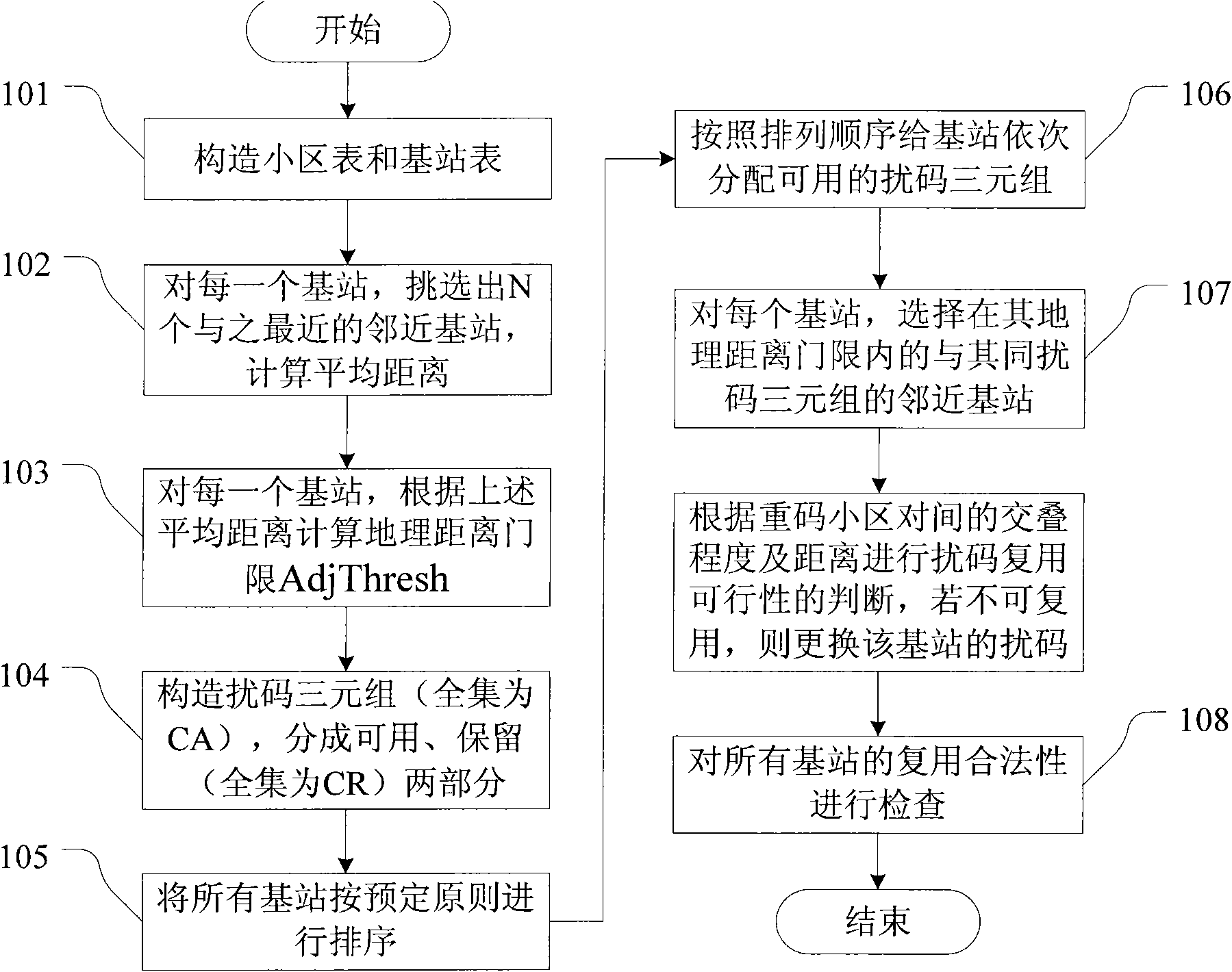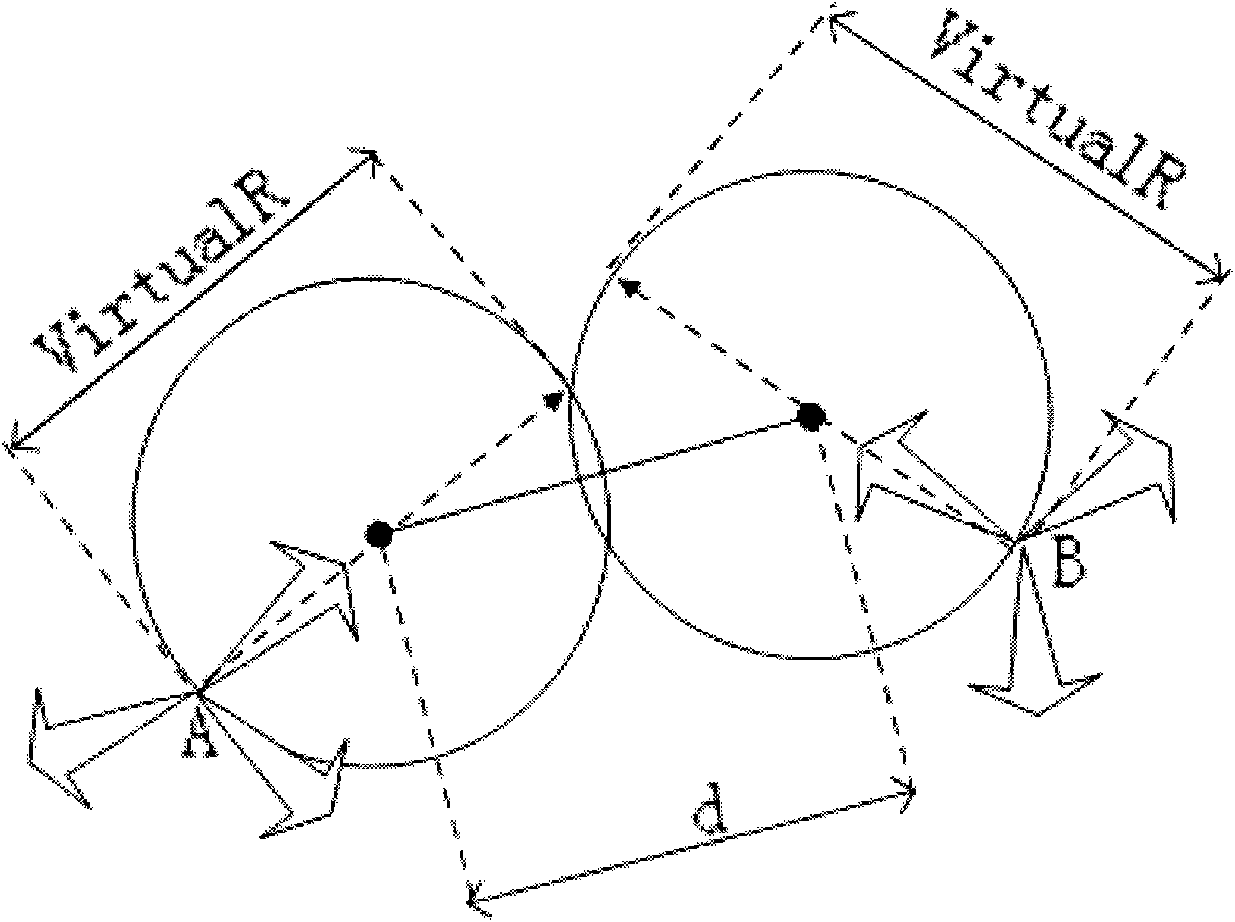Method for allocating scrambling codes in self-adapting mode for a WCDMA network
An adaptive, code allocation technology, applied in wireless communication, electrical components, etc., can solve problems such as lack of flexibility
- Summary
- Abstract
- Description
- Claims
- Application Information
AI Technical Summary
Problems solved by technology
Method used
Image
Examples
Embodiment Construction
[0036] In the following, the present invention will be further described in detail with reference to the accompanying drawings and specific embodiments:
[0037] See figure 1 The shown adaptive scrambling code allocation method specifically includes:
[0038] 101. According to the input base station information table, establish a list of all base stations and a list of all cells in the wireless network. Suppose the set of all base stations is S. The necessary information in the base station information table is the base station id and cell id, the latitude and longitude of the base station, and the azimuth angle of each cell. The mutual reference relationship between the base station and the cell under its jurisdiction is also established at the same time. For the BBU+RRU method, the latitude and longitude of the base station and the cell may be different, so pay attention to it when applying. In the following steps, the algorithm will be explained by taking the traditional macro...
PUM
 Login to View More
Login to View More Abstract
Description
Claims
Application Information
 Login to View More
Login to View More - Generate Ideas
- Intellectual Property
- Life Sciences
- Materials
- Tech Scout
- Unparalleled Data Quality
- Higher Quality Content
- 60% Fewer Hallucinations
Browse by: Latest US Patents, China's latest patents, Technical Efficacy Thesaurus, Application Domain, Technology Topic, Popular Technical Reports.
© 2025 PatSnap. All rights reserved.Legal|Privacy policy|Modern Slavery Act Transparency Statement|Sitemap|About US| Contact US: help@patsnap.com



